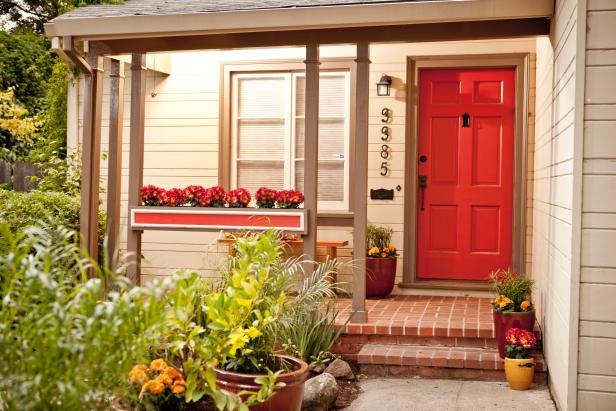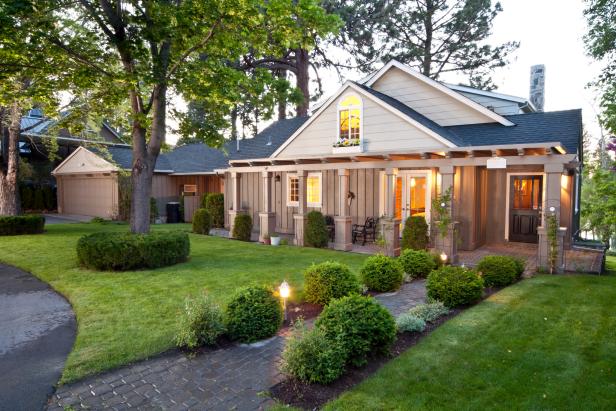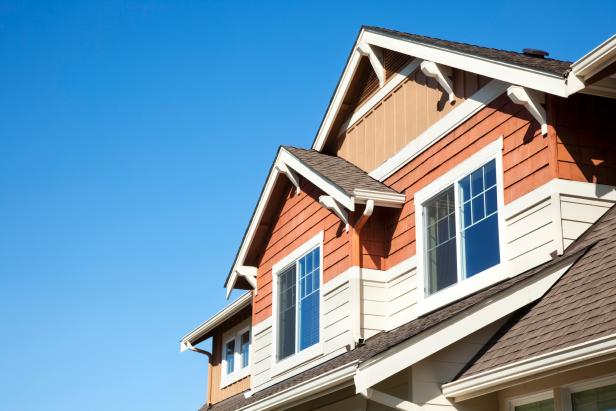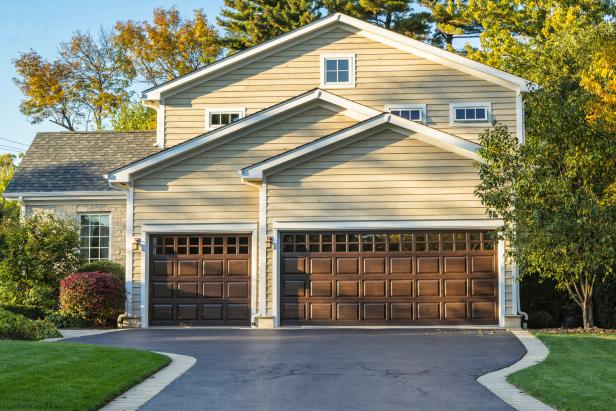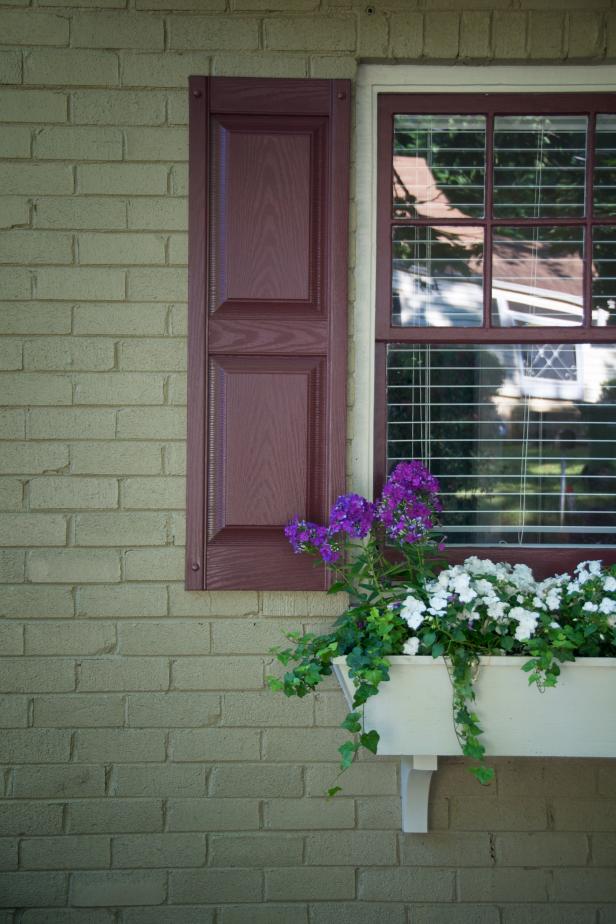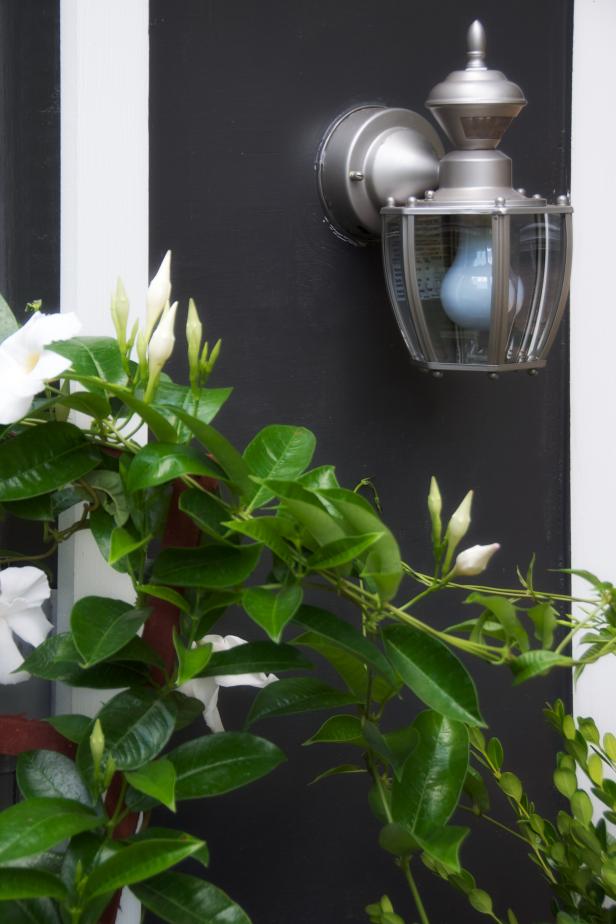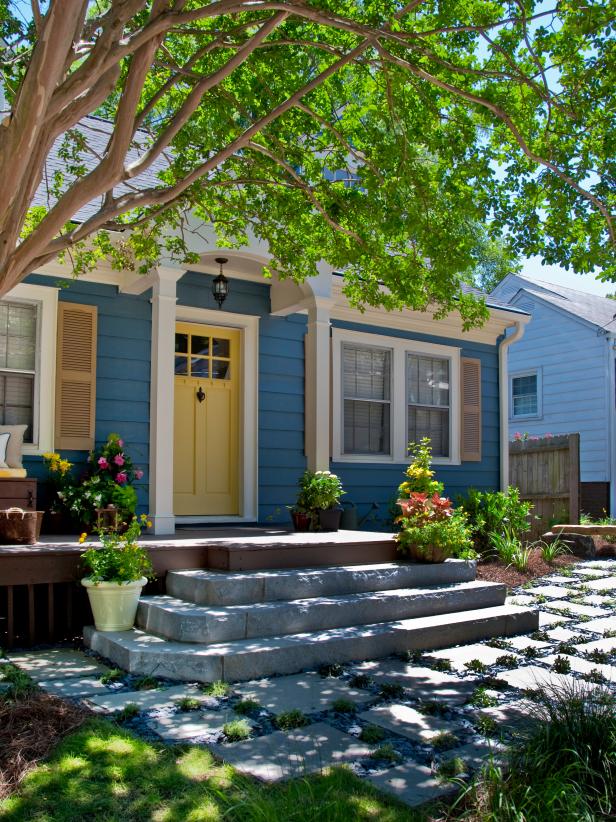When is the right time to sell your house? – CSMonitor.com
Knowing the right time to sell your home can help you get the most value on the market. But it’s also important to know other contributing factors that can give you the best selling price.
Want to get top dollar for your home? One way is to know the best time to sell. Every situation is different, but to get the best price for your property, you’ll want to match a good selling situation with good market conditions. Here are six ways to know the time is right.
1. You have some equity in your home
Your equity is the value of your home minus any home loans. So if your property’s worth $250,000, and the mortgage balance is $200,000, you’d have $50,000 in equity.
If your home’s sale price would be enough to pay off your mortgage and related selling costs, and you wouldn’t need to pay any additional money out of pocket to close the deal, it could be a good time to put your home on the market.
But if not, it might be better to wait until your home increases in value, you pay down the mortgage, or both.
According to real estate research firm CoreLogic, in the third quarter of 2015 about 8% of residential homes with mortgages were underwater, meaning the amount an owner owed on the mortgage was greater than the home’s market value. But that’s an improvement from the same period in 2014, when the figure stood at around 10%. It suggests that many homeowners are increasing their equity and could soon be in a good financial position to sell.
2. You can afford to move
When you sell, there will be costs. You’ll probably have to pay real estate commission of around 6% of the sale price. Moving expenses can easily exceed $1,000, and your buyers may even ask you to pay some of their closing costs. If you plan to buy your next home and apply for a mortgage, you’ll also need to have enough cash after you sell the house to make a down payment.
If you’re short on funds and might have problems paying for some of these expenses, even after you sell your home, it might be better to wait and save up before you put it on the market. And you might also build equity as you pay down your mortgage.
3. You know there are potential homebuyers.
You’ll want to list your home when buyers in your area are looking. In a recent five-year period, 39% of homes with spring listings went under contract within 30 days, and 15% sold above list price, according to real estate brokerage firm Redfin. But the winter season was nearly as busy, with 38% of homes snapped up within 30 days, and 14% selling above list.
That said, sunnier days and milder temperatures can make house hunting easier, so many buyers begin their search during those times of year. If you list your home when there’s more demand, you’ll have a better chance of getting the best price possible.
Better weather also can help your home’s curb appeal, as you’re more likely to enjoy lush landscapes with blossoming flowers and trees. This can help your home seem more attractive to shoppers.
Just know that other sellers might have the same idea, so there’s likely to be competition. You’ll want to make sure your home looks its best and is priced competitively when you put up a “for sale” sign.
4. Home-improvement projects are complete
You’ll want to wrap up any unfinished remodeling jobs before you put your home on the market. The investment can be worth your while. Smaller projects, including painting kitchen cabinets or upgrading a bathroom sink, sometimes come close to paying for themselves by increasing the value of your home, which can translate directly into a higher asking price when you sell.
As for larger projects, you probably don’t want to complete a full renovation before selling your home, because your tastes might not match a buyer’s style. But if you need to do major work to make your home functional, such as repairing an HVAC system or replacing a roof, it might be better to focus on financing and completing those projects before listing your home for sale. Prospective buyers might not expect to have a completely new kitchen or bath, but they’ll want to know the home’s in good condition.
5. Your home no longer matches your life
Are you expecting a child — or other relative — to be a part of your family in the near future? You might need more space. Or, if you’re an empty-nester, you might decide your house is too big, requires too much upkeep and that you could benefit from downsizing. Maybe you’re satisfied with your property, but it’s in an inconvenient location and too far from friends and family.
Whatever your situation, if your home and neighborhood no longer fit your needs, the time is probably right to sell and find a location that’s better for your lifestyle.
6. You don’t have to sell your house fast
If you’re a motivated seller — say, you have to relocate within two months — and the buyer finds out, he might offer you less for your home than it’s worth because he’d know you’re burdened to close the deal. But if you’re willing to wait for the best offer, you have an advantage. You might be able to sell your home for the highest possible price.
|
|
